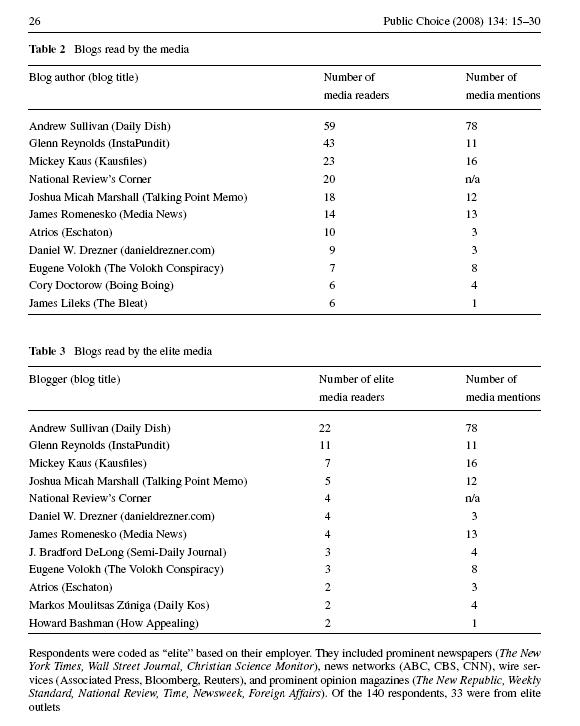With relatively little fanfare a new study into post-invasion mortality rates in Iraq was published last week, in the New England Journal of Medicine. Below is the abstract:
Background Estimates of the death toll in Iraq from the time of the U.S.-led invasion in March 2003 until June 2006 have ranged from 47,668 (from the Iraq Body Count) to 601,027 (from a national survey). Results from the Iraq Family Health Survey (IFHS), which was conducted in 2006 and 2007, provide new evidence on mortality in Iraq.
Methods The IFHS is a nationally representative survey of 9345 households that collected information on deaths in the household since June 2001. We used multiple methods for estimating the level of underreporting and compared reported rates of death with those from other sources.
Results Interviewers visited 89.4% of 1086 household clusters during the study period; the household response rate was 96.2%. From January 2002 through June 2006, there were 1325 reported deaths. After adjustment for missing clusters, the overall rate of death per 1000 person-years was 5.31 (95% confidence interval [CI], 4.89 to 5.77); the estimated rate of violence-related death was 1.09 (95% CI, 0.81 to 1.50). When underreporting was taken into account, the rate of violence-related death was estimated to be 1.67 (95% uncertainty range, 1.24 to 2.30). This rate translates into an estimated number of violent deaths of 151,000 (95% uncertainty range, 104,000 to 223,000) from March 2003 through June 2006.
Conclusions Violence is a leading cause of death for Iraqi adults and was the main cause of death in men between the ages of 15 and 59 years during the first 3 years after the 2003 invasion. Although the estimated range is substantially lower than a recent survey-based estimate, it nonetheless points to a massive death toll, only one of the many health and human consequences of an ongoing humanitarian crisis.
According to this study an estimated 151,000 people died of violence during the first three years of the occupation. At first this looks a far cry from the 655,000 or so excess deaths (of which some 600,000 were attributed to violence) the most recent Lancet study found. However, as the authors of this study constantly and admirably admit to, this new study is more than likely to underrrpot deaths:
Recall of deaths in household surveys with very few exceptions suffer from underreporting of deaths. None of the methods to assess the level of underreporting provide a clear indication of the numbers of deaths missed in the IFHS. All methods presented here have shortcomings and can suggest only that as many as 50% of violent deaths may have gone unreported. Household migration affects not only the reporting of deaths but also the accuracy of sampling and computation of national rates of death
Therefore this new study does not “prove” that the Lancet studies were wrong, let alone that they were fraudulent. Doing this kind of research in Iraq is after all dangerous and fraught with difficulty. Over at Tim Lambert, Les Roberts, who was involved with the Lancet
studies has posted his reaction and argued that this new study does not in fact differ that much from the Lancet studies and that some of the differences might in fact be explained by the difficulties this survey encountered gathering data.
Now all of this won’t stop wingnuts from using this study to discredit the 2006 Lancet study or last year’s ORB survey, but this is nothing new. I remember when the only guide to how many iraqi civilians had died in the invasion and occupation was the Iraqi Body Count project and how that was vilified. Once the first independent survey of war deaths –the original Lancet study– came out, suddenly there was nothing wrong with the IBC’s estimates anymore. Now we get people arguing that this new study shows Lancet 2 is not just wrong but fraudulent. As if “only” 151,000 deaths instead of 600,000 means the invasion is suddenly worthwhile.
What no longer can be denied is that the invasion of Iraq and subsequent occupation have created a humanitarian disaster of epic proportions. There are now five major studies done by four different organisations saying essentially the same thing: that the invasion has lead to an incredible increase in violence and death by violence and that this isn’t abating so far. No matter how many “deadenders” would like to argue these facts, they won’t change. The case has been proven beyond a shadow of a doubt that the invasion was a disaster, so I feel no longer the need to engage those who refuse to see and neither should you. The question we should be asking is how to end this disaster, without being distracted by pointless rearguard actions.
